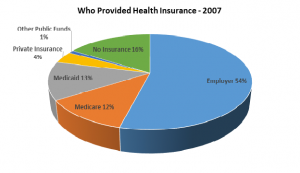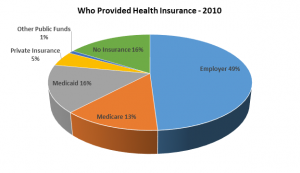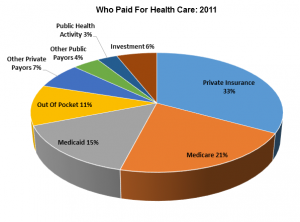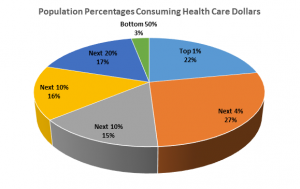Since it’s Thanksgiving weekend, I’ll be brief.
34 “Then the King will say to those on his right, ‘Come, you who are blessed by my Father; take your inheritance, the kingdom prepared for you since the creation of the world. 35 For I was hungry and you gave me something to eat, I was thirsty and you gave me something to drink, I was a stranger and you invited me in, 36 I needed clothes and you clothed me, I was sick and you looked after me, I was in prison and you came to visit me.’
37 “Then the righteous will answer him, ‘Lord, when did we see you hungry and feed you, or thirsty and give you something to drink? 38 When did we see you a stranger and invite you in, or needing clothes and clothe you? 39 When did we see you sick or in prison and go to visit you?’
40 “The King will reply, ‘Truly I tell you, whatever you did for one of the least of these brothers and sisters of mine, you did for me.’
Matthew 25:34-40
Affordable Care Act Timeline: 2012-2014
2012
- Established Value-Based Purchasing program (VBP) in Traditional Medicare, offering financial incentives to hospitals to improve the quality of care.
- Provided incentives for physicians to join together to form “Accountable Care Organizations” to better coordinate patient care and improve the quality, help prevent disease and illness and reduce unnecessary hospital admissions. ACOs will get a financial reward for providing high-quality care at lower cost.
- Instituted changes to standardize billing and requires health plans to begin adopting and implementing rules for the secure, confidential, electronic exchange of health information. Using electronic health records will reduce paperwork and administrative burdens, cut costs, reduce medical errors and most importantly, improve the quality of care.
- Required any ongoing or new federal health program to collect and report racial, ethnic and language data to help identify and reduce disparities.
2013
- Provided new funding to state Medicaid programs that choose to cover preventive services for patients at little or no cost.
- Established a national pilot program to encourage hospitals, doctors, and other providers to work together to improve the coordination and quality of patient care.
- Required states to pay primary care physicians no less than 100% of Medicare payment rates in 2013 and 2014 for primary care services, with the feds picking up the tab.
- The Health Insurance Marketplace for individuals and small businesses opened October 1, 2013.
January 1, 2014
- Prohibits insurance companies from refusing to sell coverage or renew policies because of an individual’s pre-existing conditions
- Eliminates the ability of insurance companies to charge higher rates due to gender or health status in the individual and small group markets.
- Phased out annual limits on insurance coverage starting September 23, 2011 and eliminates them entirely January 1, 2014
- Prohibits insurers from dropping or limiting coverage of individuals participating in clinical trials.
- Provides tax credits for insurance for people with income between 100% and 400% of the poverty line—about $43,000 or less in 2010—who are not eligible for other affordable coverage.
- Opens the Health Insurance Marketplace to people whose employers don’t provide benefits.
- Increases the Small Business Tax Credit up to 50% for “qualified” small businesses and up to 35% for small non-profit organizations.
- Allows anyone earning less than 133% of the poverty level (about $14,000 for an individual and $29,000 for a family of four) to enroll in Medicaid, with 100% federal funding for three years and then no less than 90% federal funding for subsequent years.
- The individual mandate becomes effective January 1, 2014. Everyone who can must purchase insurance or pay a fine.









